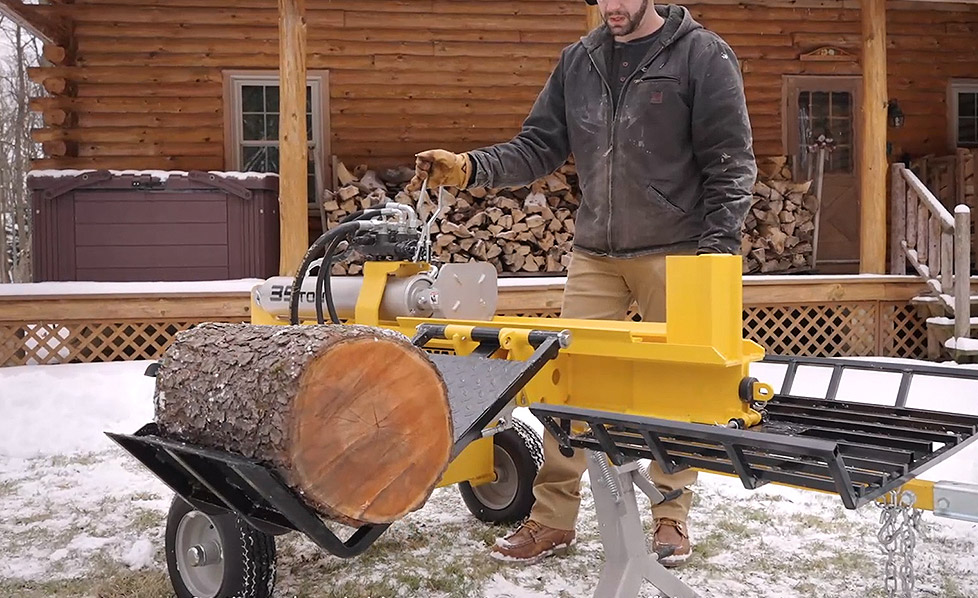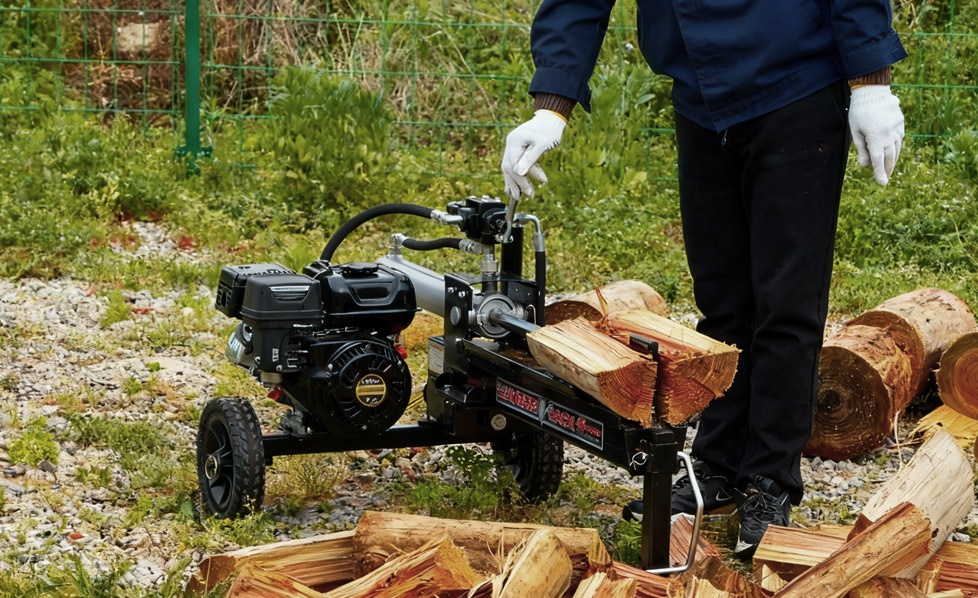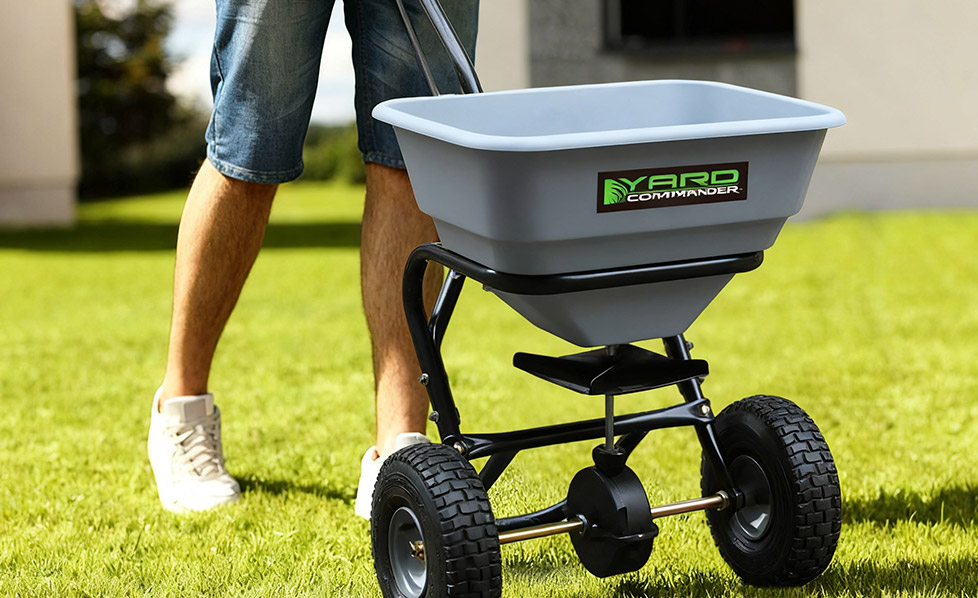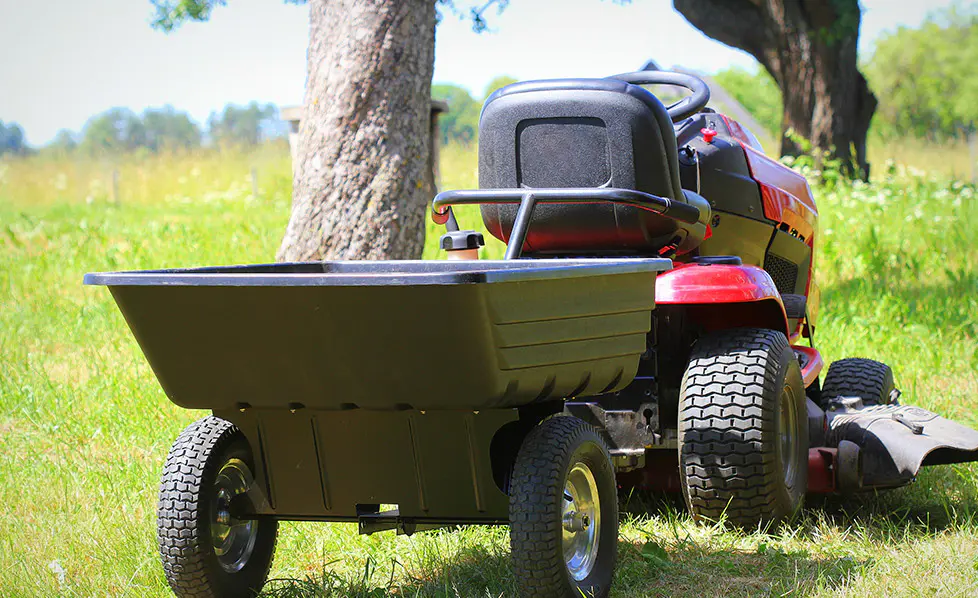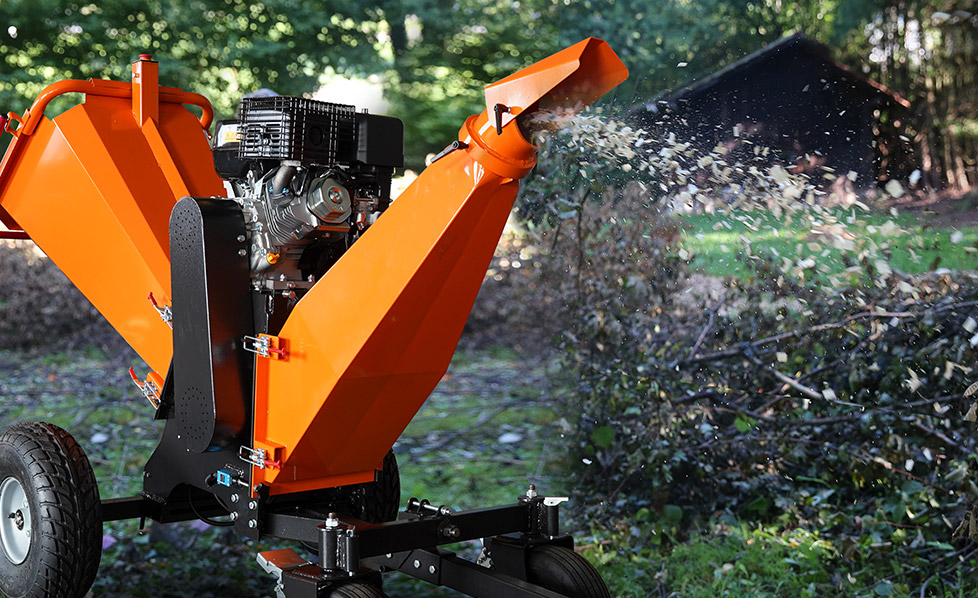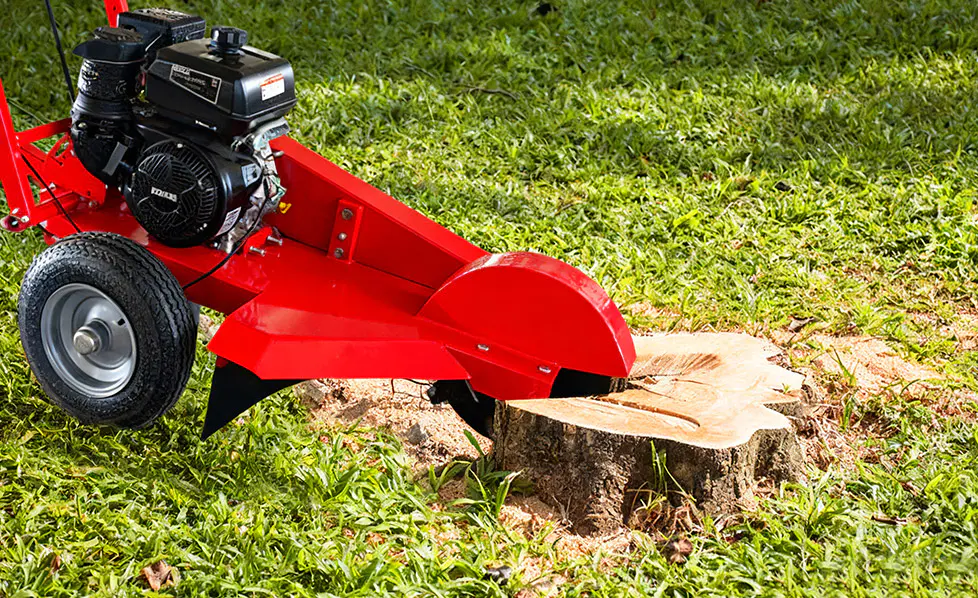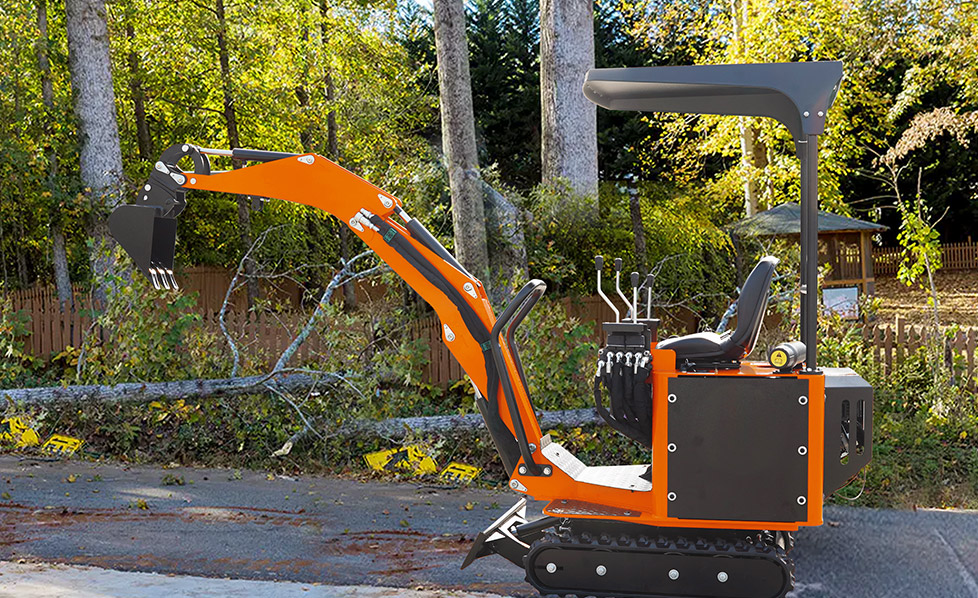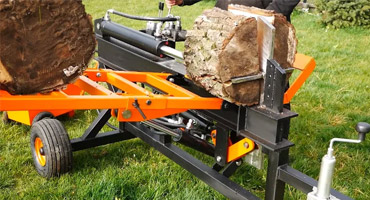 LANGUAGE
LANGUAGE


Web Menu
Product Search
Language
Exit Menu
Industry News
Our Footprints Are Around The World
We provide quality products and services to customers from all over the world.
We provide quality products and services to customers from all over the world.
Search
Categories
What is the average splitting capacity of a lumberjack log splitter?
The average splitting capacity of a lumberjack log splitter varies depending on the type and size of the log splitter being used. Log splitters are essential tools for efficiently and safely splitting logs into smaller, more manageable pieces for firewood, lumber, or other purposes. They are commonly used in forestry, woodworking, and home firewood preparation. The splitting capacity is a critical factor that determines the size and weight of logs that the log splitter can handle effectively. In this article, we will explore the different types of log splitters and their average splitting capacities.
Manual Log Splitters:
Manual log splitters are the simplest and most basic type of log splitter. They do not require any external power source and rely solely on manual force for log splitting. The average splitting capacity of a manual log splitter typically ranges from 4 to 10 tons. This means that it can exert a splitting force equivalent to 4 to 10 tons, enabling it to handle logs with diameters of up to 12 to 18 inches and lengths of up to 20 to 24 inches.
Electric Log Splitters:
Electric log splitters are powered by electricity and are ideal for residential or light commercial use. They offer more splitting capacity compared to manual log splitters. The average splitting capacity of an electric log splitter ranges from 4 to 20 tons. This allows them to handle larger logs with diameters of up to 20 to 24 inches and lengths of up to 16 to 24 inches.
Gas-Powered Log Splitters:
Gas-powered log splitters are heavy-duty machines suitable for commercial and professional use. They are powered by gasoline engines, providing significant splitting force. The average splitting capacity of a gas-powered log splitter ranges from 20 to 40 tons, with some models capable of exerting even higher forces. This enables them to handle large logs with diameters of up to 30 to 36 inches and lengths of up to 30 inches or more.
Kinetic Log Splitters:
Kinetic log splitters are a specialized type of log splitter that uses a flywheel system to generate tremendous splitting force. They are known for their rapid and efficient log-splitting capabilities. The average splitting capacity of a kinetic log splitter ranges from 20 to 50 tons, with some high-end models capable of reaching up to 60 tons or more. These log splitters can handle logs with diameters of up to 30 to 36 inches and lengths of up to 30 inches or more.
Vertical Log Splitters:
Vertical log splitters, as the name suggests, operate in a vertical position, making them suitable for splitting larger and heavier logs. Their average splitting capacity ranges from 20 to 50 tons, with some heavy-duty models capable of reaching up to 60 tons or more. Vertical log splitters can handle logs with diameters of up to 30 to 36 inches and lengths of up to 30 inches or more.
It is essential to note that the average splitting capacity mentioned above is a general guideline and can vary depending on the specific make and model of the log splitter. Manufacturers often provide detailed specifications, including the maximum splitting force, log diameter, and log length that a particular log splitter can handle. When choosing a log splitter, it is crucial to consider the types of logs you intend to split regularly and select a model with sufficient splitting capacity to handle your needs effectively.

Safety Considerations:
When operating a log splitter, safety should be the top priority. Here are some safety considerations to keep in mind:
Read the Manual: Familiarize yourself with the log splitter's user manual and follow all safety guidelines and instructions provided by the manufacturer.
Wear Personal Protective Equipment (PPE): Always wear appropriate PPE, including safety goggles, gloves, and sturdy footwear, to protect yourself from potential hazards.
Clear the Area: Ensure the work area is clear of any obstacles or debris that could interfere with the log splitter or pose a safety risk.
Secure the Log: Securely position the log to be split on the log splitter, ensuring it is stable and won't roll or shift during splitting.
Two-Handed Operation: Many log splitters require two-handed operation, which ensures that both hands are away from the splitting area during operation, reducing the risk of injury.
Maintain the Log Splitter: Regularly inspect and maintain the log splitter to ensure it operates safely and efficiently.
The average splitting capacity of a lumberjack log splitter depends on its type and size. Manual log splitters typically have a splitting capacity ranging from 4 to 10 tons, while electric log splitters range from 4 to 20 tons. Gas-powered log splitters offer a higher capacity, ranging from 20 to 40 tons, and kinetic log splitters and vertical log splitters can reach even higher capacities, ranging from 20 to 50 tons and beyond.
When choosing a log splitter, it is crucial to consider the types of logs you will be splitting regularly and select a model with sufficient splitting capacity to handle your needs effectively. Always prioritize safety by following the manufacturer's guidelines, wearing appropriate PPE, and maintaining the log splitter in good working condition. With the right log splitter and proper safety measures, you can efficiently and safely split logs for various purposes, including firewood, lumber, or other woodworking projects.
PREV:What are the key features and specifications of the Black Diamond Log Splitter?
NEXT:What types of materials can be spread with a tow-behind spreader?
NEXT:What types of materials can be spread with a tow-behind spreader?
Interested in cooperation or have questions?
FOR PURCHASE INQUIRIES
CONTACT US
BECOME AN AGENT
CONTACT US
PRODUCT
NEWS
CONTACT US
- No. 158 Songhai Road, Huimin Town, Jiashan City, Zhejiang Province P.R. China
-
Tel:
0086 573 8464 3695
0086 573 8464 7353
- E-mail: [email protected]
MOBILE

 English
English